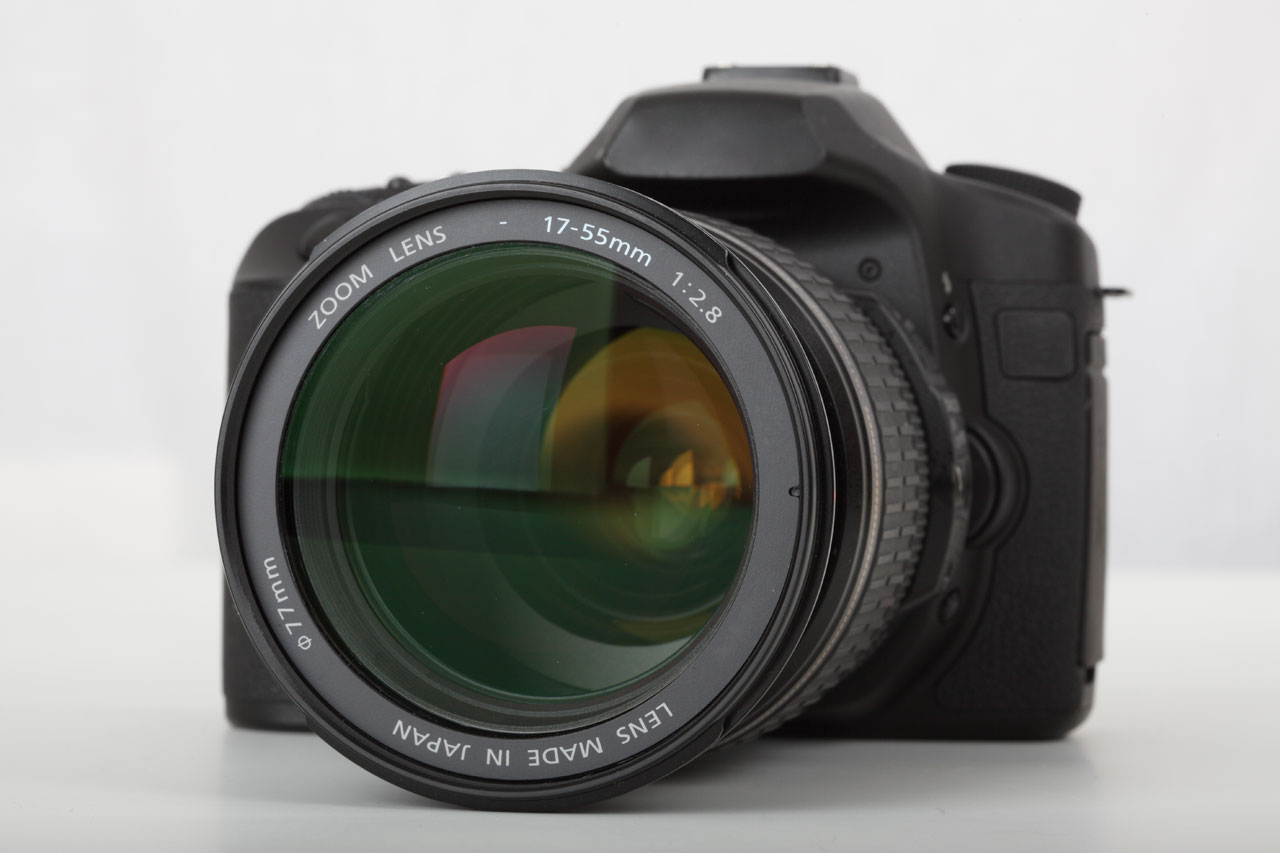SYMBOL
Symbols are designs without letters. Usually the symbols are simple designs. The Nike "Swoosh" and Apple's "Apple" are prime examples. However, both companies had to build their brands by using their Symbols as part of Combination Marks (defined later). These brands are now so well known that they can just use their symbol.Symbols were likely the first logos. Up until the last century, most people were illiterate. Writing a business name on a sign was useless. Instead, you would name it "Falcon Restaurant" and put a painting of a Falcon out front.
WORDMARK
Wordmarks are stylized words. Disney is one example, your own signature is another. I suggest that you stop dotting your I's with hearts when you get a real job. Wordmarks work well with unique names, as long as they aren't too long.LETTERMARK
Lettermarks are just like Wordmarks, except they only contain initials. Logos need to be quickly identified so if your company has a long name it is going to make a bad Wordmark. That is why Hewlett Packard was shortened to HP for their logo.Like Symbols, Lettermarks seem to be most effective when used in conjunction with a matching Combination Mark (see next).
COMBINATION MARKS
When you place a Symbol near either a Wordmark or Lettermark, you get a Combination Mark. Most companies with Symbol logos also have a Combination version. You can see how the Comedy Central logo would also be effective without the words at the bottom, which would leave you with a Lettermark. When your design has the space, use the larger combination mark so that the audience understands the meaning of the Lettermark when it is used by itself.EMBLEM
Emblems are drawings with words incorporated into one unit. The NFL shield is an example. The line between Emblems and the other logo types can be a bit fuzzy since all of the other logo types become an Emblem by adding more artwork to them.ASSIGNMENT
Find an example of each type of logo at sites like http://logofaves.com/ or Google Images. Right click the image and save it to your computer. Login to your own blog site and upload all 5 logos into a single post. Be sure to label each type correctly.












